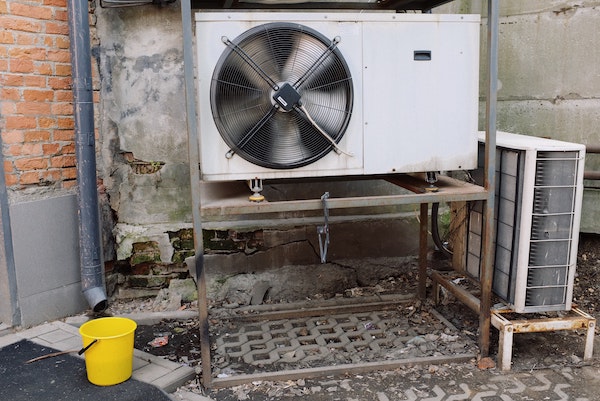Introduction
In this article, we will delve into the importance of HVAC preventative maintenance and provide a detailed preventative maintenance checklist to help you maintain a comfortable and efficient indoor environment.
In any home or business, maintaining a comfortable indoor environment is essential for the well-being and productivity of occupants. HVAC (Heating, Ventilation, and Air Conditioning) systems play a vital role in achieving this goal. However, these systems can be a significant investment, and unexpected breakdowns can result in costly repairs. That’s where HVAC preventative maintenance comes into play. By implementing a comprehensive maintenance checklist, you can ensure that your HVAC system operates at its peak performance, extends its lifespan, and reduces energy consumption.
The Importance of HVAC Preventative Maintenance
Enhanced Energy Efficiency
HVAC systems account for a substantial portion of a building’s energy consumption. Over time, dirt, dust, and debris can accumulate within the system, hindering its efficiency. Regular maintenance, including cleaning filters and coils, lubricating motors, and checking for leaks, ensures that your HVAC system operates optimally, resulting in reduced energy usage and lower utility bills.
Prolonged Lifespan
Like any mechanical system, HVAC units experience wear and tear over time. Neglecting maintenance can lead to premature failure and costly replacements. Preventative maintenance, on the other hand, helps identify and address potential issues before they escalate, extending the lifespan of your HVAC system and protecting your investment.
Improved Indoor Air Quality
Indoor air quality (IAQ) is crucial for the health and well-being of building occupants. Dust, pollen, mold spores, and other contaminants can accumulate within the HVAC system and then be circulated throughout the building. Regular maintenance, including filter replacements and duct cleaning, ensures that your HVAC system delivers clean and healthy air, creating a comfortable and productive environment for occupants.

The Comprehensive HVAC Preventative Maintenance Checklist
Now that we understand the significance of HVAC preventative maintenance, let’s explore a comprehensive checklist that HVAC technicians follow during scheduled maintenance visits:
Inspect and Clean Air Filters
Air filters play a vital role in trapping airborne particles and preventing them from entering the HVAC system. Clogged filters can restrict airflow and strain the system, leading to reduced efficiency. During maintenance, technicians will inspect and either clean or replace air filters, ensuring proper airflow and optimal system performance.
Check and Calibrate Thermostat
The thermostat serves as the control center for your HVAC system. Technicians will verify the thermostat’s accuracy, ensuring it maintains the desired temperature accurately and efficiently. If necessary, they will calibrate the thermostat for precise temperature control.
Examine and Clean Coils
The condenser and evaporator coils are essential components of an HVAC system. Over time, these coils can collect dirt and debris, hindering heat transfer and system efficiency. Technicians will clean the coils to restore their performance and energy efficiency.
Inspect and Clear Drain Lines
The condensate drain line is responsible for removing excess moisture from the HVAC system. Clogs in the drain line can lead to water leakage and potential damage to the system. Technicians will inspect and clear the drain lines to ensure proper drainage.
Lubricate Moving Parts
HVAC systems consist of various moving parts, such as motors, fans, and bearings. Proper lubrication reduces friction, minimizes wear and tear, and ensures smooth operation. Technicians will lubricate these components to maintain optimal performance and extend their lifespan.
Check Electrical Connections
Faulty electrical connections can lead to system malfunctions and safety hazards. Technicians will inspect all electrical connections, ensuring they are tight and secure, and address any issues they encounter.
Inspect Belts and Pulleys
For HVAC systems with belt-driven components, worn-out or misaligned belts can cause inefficiencies and noise. Technicians will inspect belts and pulleys, adjusting or replacing them as necessary to maintain optimal system performance.
Verify Refrigerant Levels
Proper refrigerant levels are crucial for efficient cooling or heating. Technicians will check refrigerant levels, ensuring they match the manufacturer’s specifications. If there are any leaks, they will identify and repair them.
Conclusion
HVAC preventative maintenance is the key to ensuring comfort, efficiency, and cost-effectiveness in your home or business. By adhering to a comprehensive maintenance checklist, you can keep your HVAC system operating at its best, extend its lifespan, and reduce energy consumption. Regular maintenance not only protects your investment but also ensures a healthy indoor environment for occupants. Remember, it is always best to rely on trained HVAC technicians for thorough maintenance to guarantee the longevity and optimal performance of your HVAC system.


